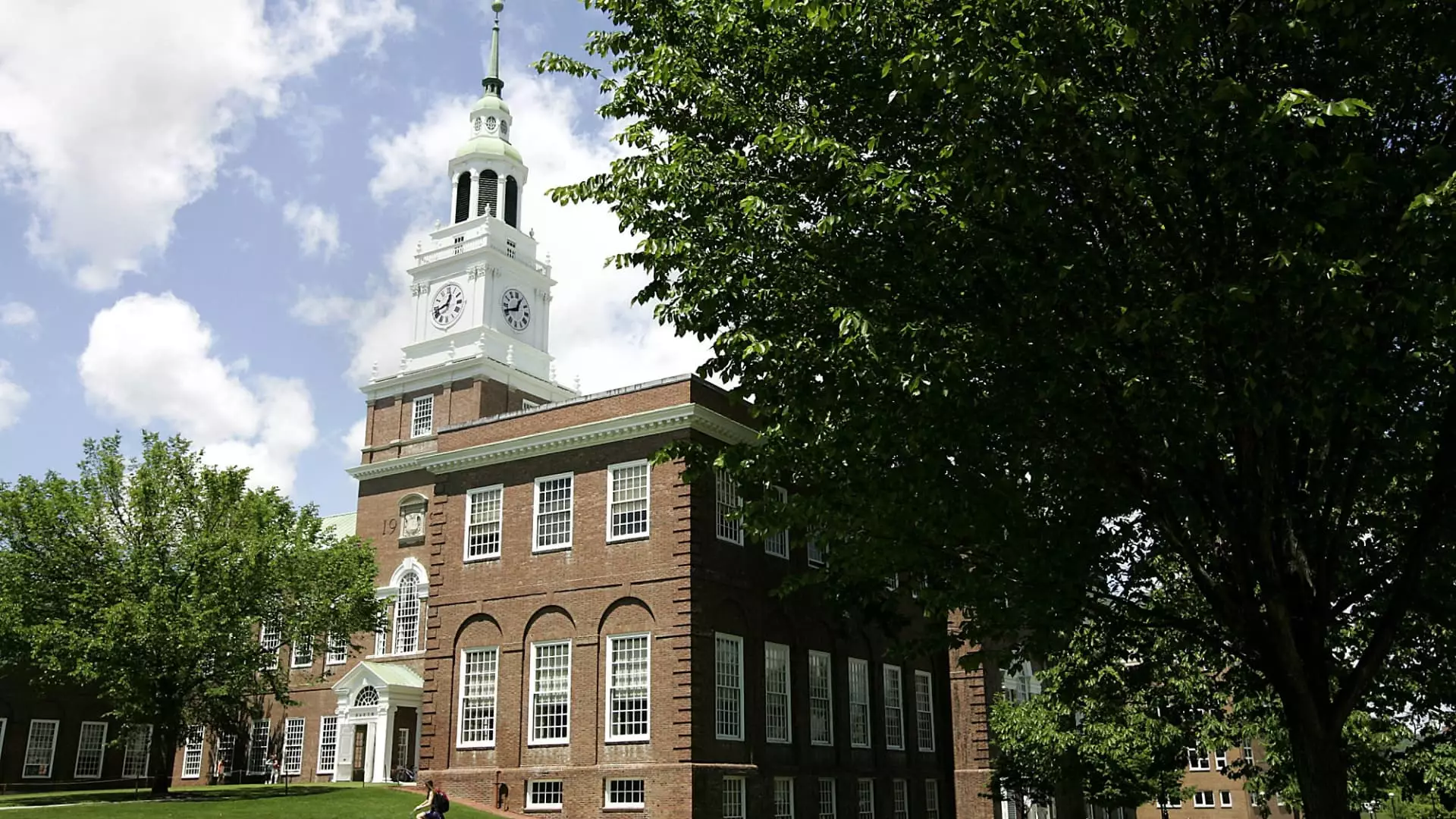The burden of student loan debt has become a major issue for many college graduates, leading to calls for broad-based student loan forgiveness. However, some colleges have taken a different approach to address this problem by implementing “no-loan” policies. These policies eliminate student loans entirely from their financial aid packages, aiming to make higher education more accessible. While this strategy may help alleviate financial pressures for students, it is important to critically analyze its effectiveness and potential implications.
Eliminating Loans: The Rationale
The rationale behind implementing “no-loan” policies is to ensure that college remains accessible for students from diverse economic backgrounds. By eliminating the burden of student loans, colleges like Lafayette College in Pennsylvania and Colby College in Maine aim to make education affordable for families with household incomes up to $200,000. They believe that college is a valuable investment and have a moral obligation to ensure low- and moderate-income families are aware of the benefits of higher education.
Student Perspectives on “No-Loan” Policies
For students like Terra Gallo, a senior majoring in environmental policy at Colby College, the elimination of student loans was a critical factor in choosing a college. Gallo emphasized the importance of Colby’s no-loan policy and the consideration of demonstrated financial need in their aid packages. Similarly, Colby senior Jackie Hardwick expressed that the cost of attendance was her primary concern when selecting a college. The support for financial aid and scholarship recipients reassured her about the affordability of her education.
The implementation of these policies has significant implications for both students and colleges. By addressing the fear of excessive debt, colleges are demonstrating their commitment to students and parents. According to Robert Franek, editor in chief of The Princeton Review, these colleges are saying, “I see you and I hear you.” This messaging not only helps attract students but also improves a college’s yield, the percentage of admitted students who choose to enroll. Consequently, the implementation of “no-loan” policies can be seen as a win-win situation for both colleges and students.
Colleges offering “no-loan” policies can expect a substantial increase in admissions applications. According to Lafayette College’s vice president for enrollment management, Forrest Stuart, this policy puts the college on the map and enhances its reputation. An increase in applications allows colleges to curate a more robust and diverse student body. It also helps colleges build their brand and establish themselves as leaders in providing affordable education.
While the elimination of student loans is a significant step, it is important to note that students may still have financial responsibilities. Students may still be responsible for the expected family contribution, as well as additional costs such as books and fees. Depending on the college, there may be a work-study requirement as well. Furthermore, even though a college may have a no-loan policy, students and their families are still able to borrow money to cover their contribution. It is crucial for students to understand that “no loan” does not equate to free education.
“No-loan” policies have emerged as a different approach to combatting the student loan debt crisis plaguing graduates today. These policies aim to make college more accessible and alleviate financial burdens for students and families. By adopting such policies, colleges not only attract more applicants but also establish themselves as leaders in providing affordable education. However, it is important for students to fully understand the limitations and additional costs associated with a no-loan policy. As the conversation on student debt continues, it is critical for colleges and policymakers to explore innovative solutions to address the affordability and accessibility of higher education.


Leave a Reply